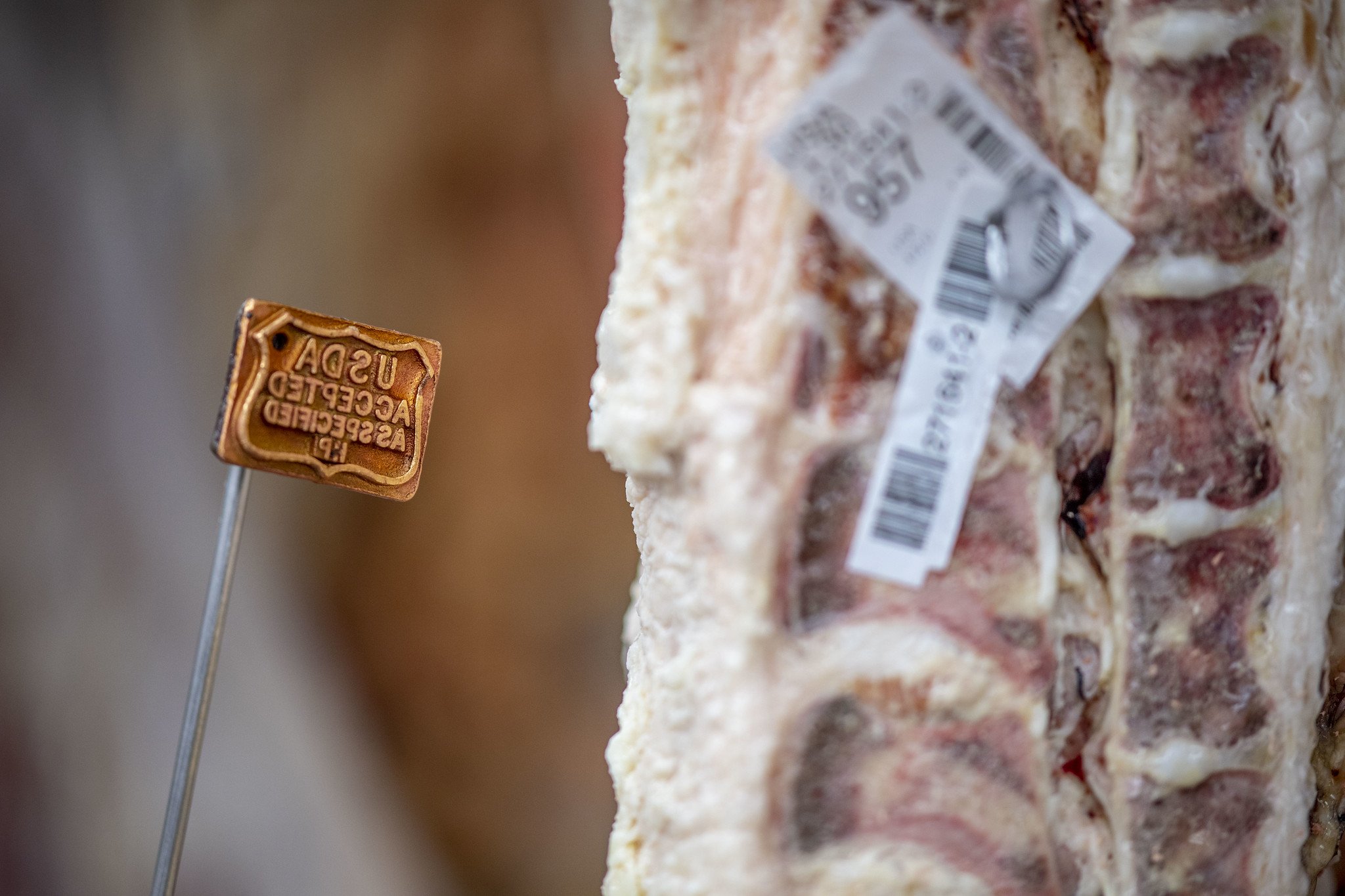Meatpacking America
Rev. Dr. Tony Lin talks to Dr. Kristy Nabhan-Warren about her book on how migration, work, and faith unite and divide the American heartland
In this episode of OP Talks, cultural sociologist Rev. Dr. Tony Lin talks to religion ethnographer Dr. Kristy Nabhan-Warren about her book Meatpacking America: How Migration, Work, and Faith Unite and Divide the Heartland (The University of North Carolina Press, 2021). A native midwesterner, Dr. Nabhan-Warren spent years interviewing workers at meatpacking plants—including recent migrants from Latin America, Africa, and Asia—about their passion for religious faith and desire to work hard for their families. The Protestants, Catholics and Muslims she documented shared stories that expose how faith-based aspirations for mutual understanding blend uneasily with rampant economic exploitation and racial biases.
On the inspiration for her work, Dr. Nabhan-Warren says, "I just sort of followed my intuition and my love of the food and the culture and, for the last 20 years or so, have just really been a student.” Her desire is to “keep trying to understand all the different layers of Latino Catholicism, Latino religions in the U.S. But also, increasingly…Latinos in relationship with other migrant refugee groups."
ADDITIONAL RESOURCES
Recent Immigrant Workers in Iowa's Meatpacking Industry: Archie Green Fellows Project, 2015 to 2016. Oral histories from the Occupational Folklife Project, American Folklife Center, Library of Congress.
Meatpacking America: How Migration, Work, and Faith Unite and Divide the Heartland by Kristy Nabhan-Warren
University of North Carolina Press, 2021
“Anyone interested in faith and work, immigration, American history, or even just a good story will find this to be a fascinating, emotional, and vitally important book. In its pages, abstract political debates break away in the face of the messier reality of migration as a new “religion of real life” is uncovered."
—The Christian Century




